Groupy for Windows: A useful utility, or a solution looking for a problem?
4 min. read
Published on
Read our disclosure page to find out how can you help MSPoweruser sustain the editorial team Read more


While Microsoft has made public its plans to release a tabbed feature for Windows 10 with Sets, Stardock has released an application for Windows that lets you make use of tabs in your Windows apps right now. Groupy for Windows is a utility that creates tabs for Windows apps, both modern and classic. The procedure is simple, drag an app over another app’s titlebar, and a group is created. You can then add more apps, or create a different group. The window controls that allow you to close, minimise or maximise the app remain.
The consensus of Groupy over the past few weeks has been unanimous from Windows bloggers, it’s a good app that expands the usability of your desktop.
Over at Thurrott.com, Windows blogger Mehedi Hassan explains how Groupy can be useful even to those wither with single or multi-monitor set-ups:Groupy is only $10 and after using the app for a few hours, I believe it’s worth the money – especially if you only work with a single display. I personally have three monitors for my main machine, so Groupy isn’t really required there. Although I will be using Groupy to combine multiple CMD windows together, I still think the app’s full potential is on a single display machine. On a laptop, for example, the app can be immensely useful when you are working with a lot of different apps at the same time — it just helps with moving between different apps when working on multiple tasks at the same time.
Sean Endicott on Windows Central concurs, concluding in his review:
Groupy is an excellent program with few flaws. The only complaint I have is that to resize windows you have to click and drag from the edge or corner of the app you are using within the tab, rather than the edge of the window containing the tabs. This is a small gripe and might be a limitation of Windows 10 rather than a choice by the developers of Groupy.
Broadly speaking, both of these conclusions are fair points. Groupy does add utility to Windows, and I have no desire to rehash something that’s freely available on other sites.But there’s a flaw in the app’s design, something that bugged me while using it that I couldn’t quite put my finger on for a while. You see, if you use Groupy with multiple different apps, you’re effectively duplicating the taskbar. If you’re one of those people with a taskbar at the top of the screen, it becomes quickly apparent that Groupy is of limited help.
Thee question then is, why use Groupy if you already have the taskbar?
While the ability to have contextual groups is used, the addition of virtual desktops in Windows 10 makes that less useful, a more of an addition. This is because Groupy cannot control the UI fully as it is not a Microsoft integrates products, therefore the icons for the individually open apps still remain at on the taskbar even when you’re using groups. Whether it makes sense to create what is effectively another taskbar for your apps is something that can only be personally left to the user.

Where Groupy has the most utility, is where it involves making groups of the same apps and not different apps. That is to say, apps like PowerPoint and Word which support multiple Windows but not tabbing functionality can be enhanced with Groupy. You can now switch between multiple documents faster with the tabbed feature, and keep different documents open in different groups.
Even the File Explorer app can now be tabbed, something power-users of Windows have wanted since the concept of tabs themselves debuted.
Using Groupy this way does add an advantage over the use of the taskbar and virtual desktops as you have the icons collapsed into one and so, therefore, you aren’t giving up any valuable screen real-estate.
Like many utility apps, Groupy isn’t perfect. The limitations of the Windows 10 OS means that it can’t do as much as it would be able to were it to be a built-in feature. It adds potential to your Windows device, but it’s not for everyone. It costs $10, the cost of a movie ticket in many cases. If its worth it for you to try out tabs in Office apps or just for the novelty factor, go for it.



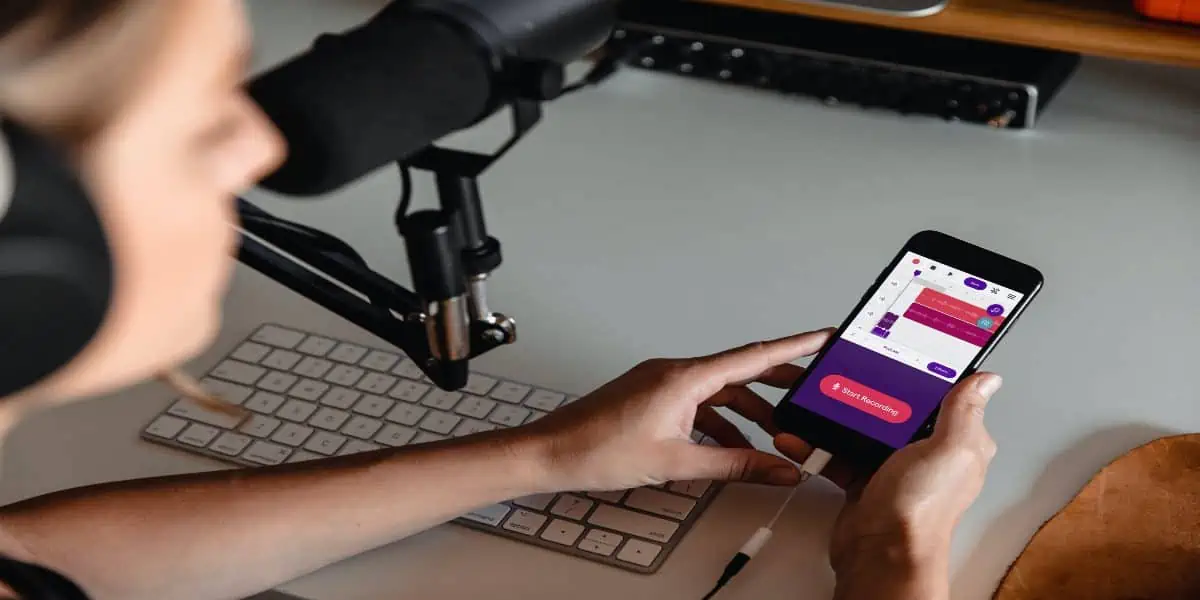
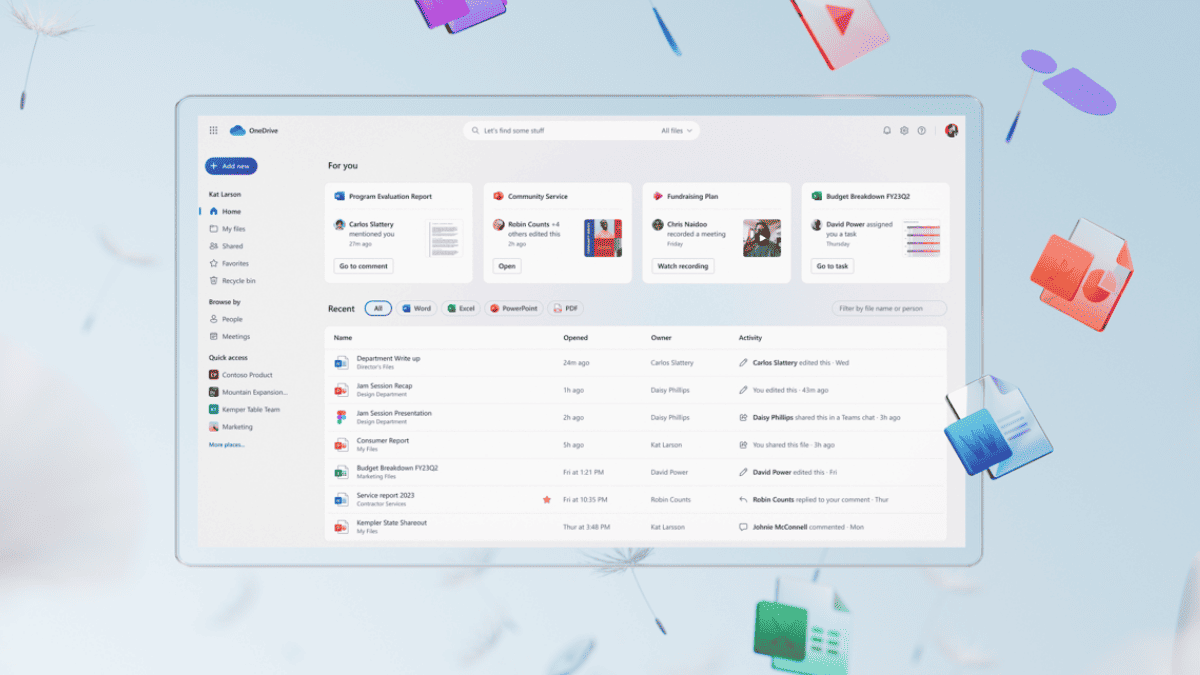
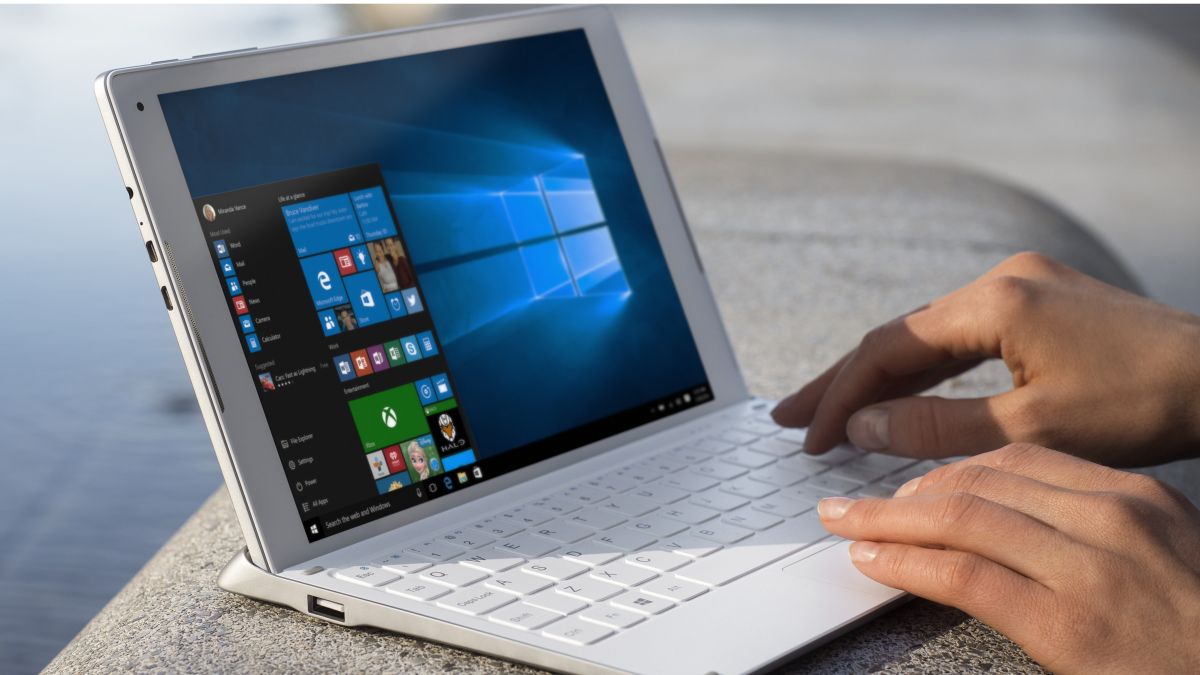
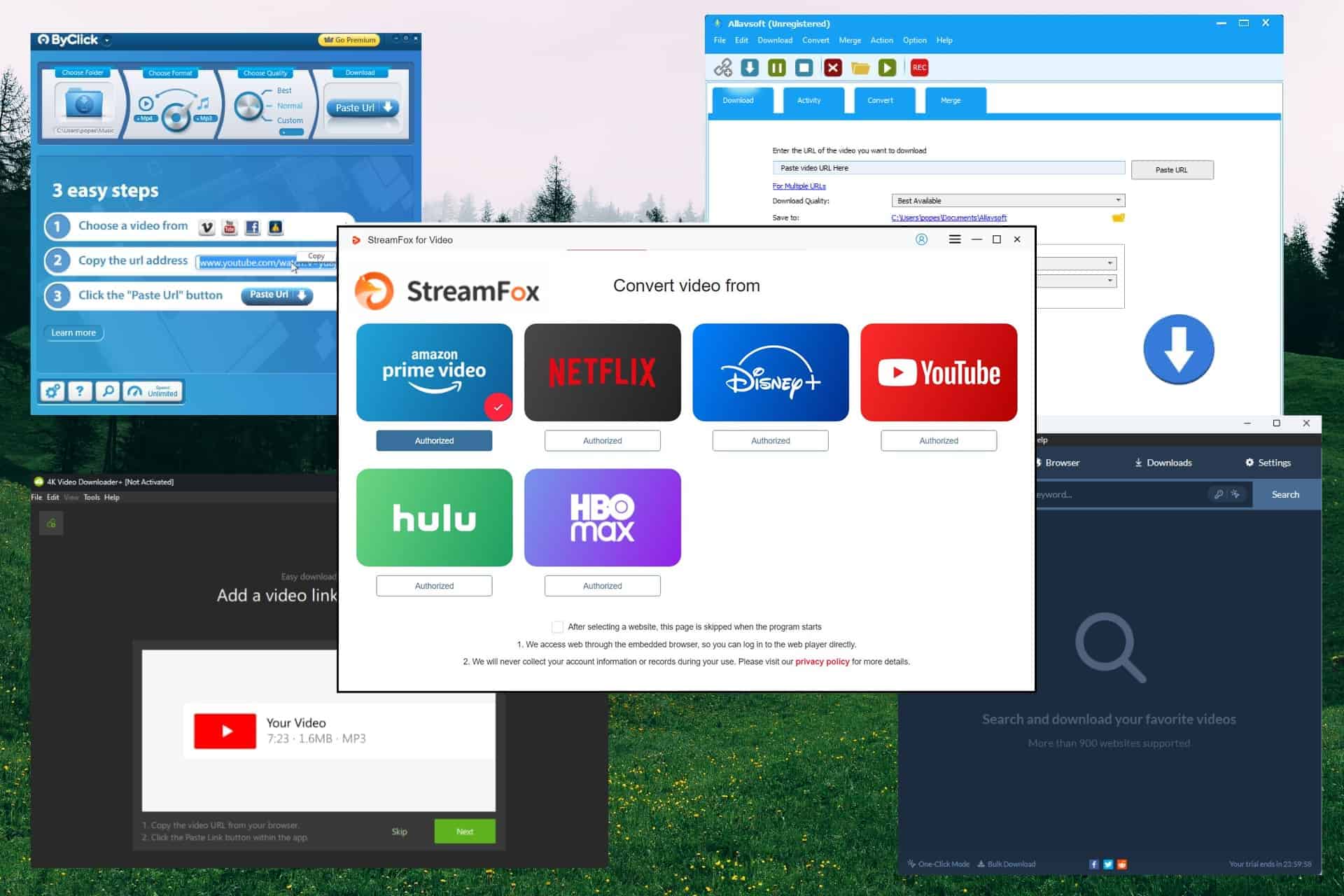
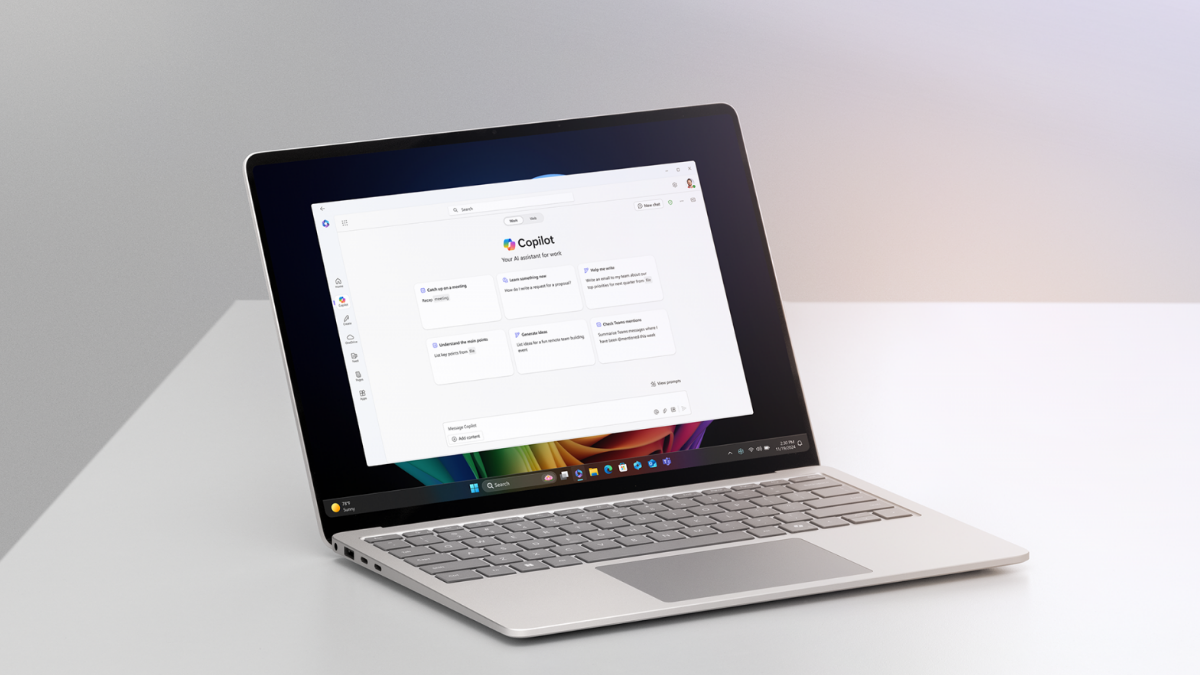

User forum
0 messages